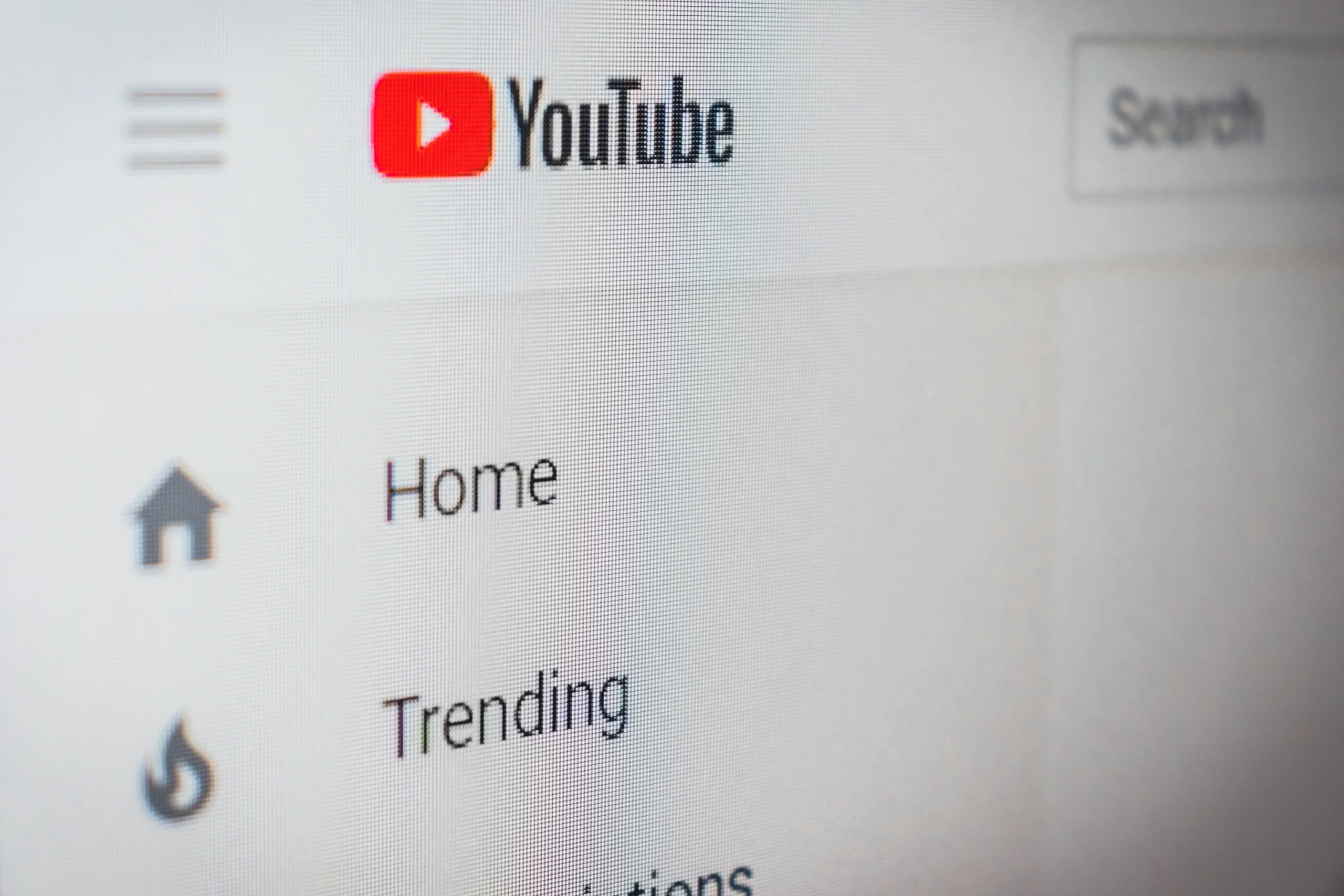YouTube is making a major update to its Shorts platform by increasing the maximum video length from 60 seconds to 3 minutes, effective from October 15, 2024. This change comes after repeated requests from creators, who felt that the previous 60-second limit was too restrictive for storytelling. With this update, creators will now have more flexibility to craft longer, more engaging content. The shift is part of YouTube’s ongoing efforts to compete with platforms like TikTok and Instagram, which have already extended their short-form video length limits. TikTok, for example, increased its maximum length to 3 minutes in 2021 and then to 10 minutes in 2022.
The move also brings YouTube Shorts in line with Instagram Reels, which allows videos of up to 90 seconds. YouTube is matching or exceeding the video length allowed by other platforms to give creators more tools for versatile content. This update applies to all vertical or square videos and won’t affect Shorts uploaded before the October 15 change.
In addition to length extensions, YouTube is rolling out features to enhance the Shorts experience for both creators and viewers. One exciting addition is the Templates feature. It lets creators remix and reuse the style and audio of popular Shorts. This helps them quickly join trends and add their unique spin on viral content without starting from scratch. Templates can be accessed by selecting the “Use this template” option from the remix menu of any Shorts video.
YouTube is also introducing Dream Screen, an AI-powered tool that enables creators to generate custom backgrounds for their Shorts. Powered by Google’s DeepMind technology, Dream Screen allows for dynamic, creative visuals that will enhance video production without the need for external editing software. This feature is expected to be available later in 2024. Furthermore, users will have the ability to hide the Shorts grid from their home feed if they prefer a more curated content experience, offering more control over the platform’s interface.
YouTube is adding a new Trends page to its mobile apps. It will make it easier for users to find trending content in their region. The page keeps users updated on viral videos, music, and cultural trends. It also gives creators insight into what’s popular at any time. YouTube’s expanded music library will play a crucial role in this, as trending audio can often spark new viral content.
To explore this topic further, check out our YouTube Expands Shorts Monetization and Ad Features for more insights.
Impact on Marketers
For digital marketers, these updates open up new possibilities. The increase in video length from 60 seconds to 3 minutes allows brands to tell more complete stories and engage audiences longer. This is especially valuable for storytelling-driven campaigns, giving more time to unfold narratives, showcase products, or explain services meaningfully.
The Templates feature will be a game-changer for marketers looking to jump on viral trends quickly. Marketers can now leverage trending formats and audio instead of creating new content from scratch. They can add their brand messaging while keeping the style intact. This speeds up content creation and increases the chances of engaging an audience already drawn to the original content’s popularity.
The Trends page could also be a valuable tool for marketers, allowing them to keep an eye on regional trends and tailor their campaigns accordingly. Knowing what’s trending in specific markets will help brands stay relevant and ensure their content resonates with local audiences. For example, if a sound or video format is trending in a specific country, marketers can use it to boost visibility and engagement. The AI-powered Dream Screen offers a cost-effective way to create custom-branded backgrounds without extra production costs. This feature is especially useful for smaller businesses or brands without access to high-end video production tools, leveling the playing field in the short-form video space.



